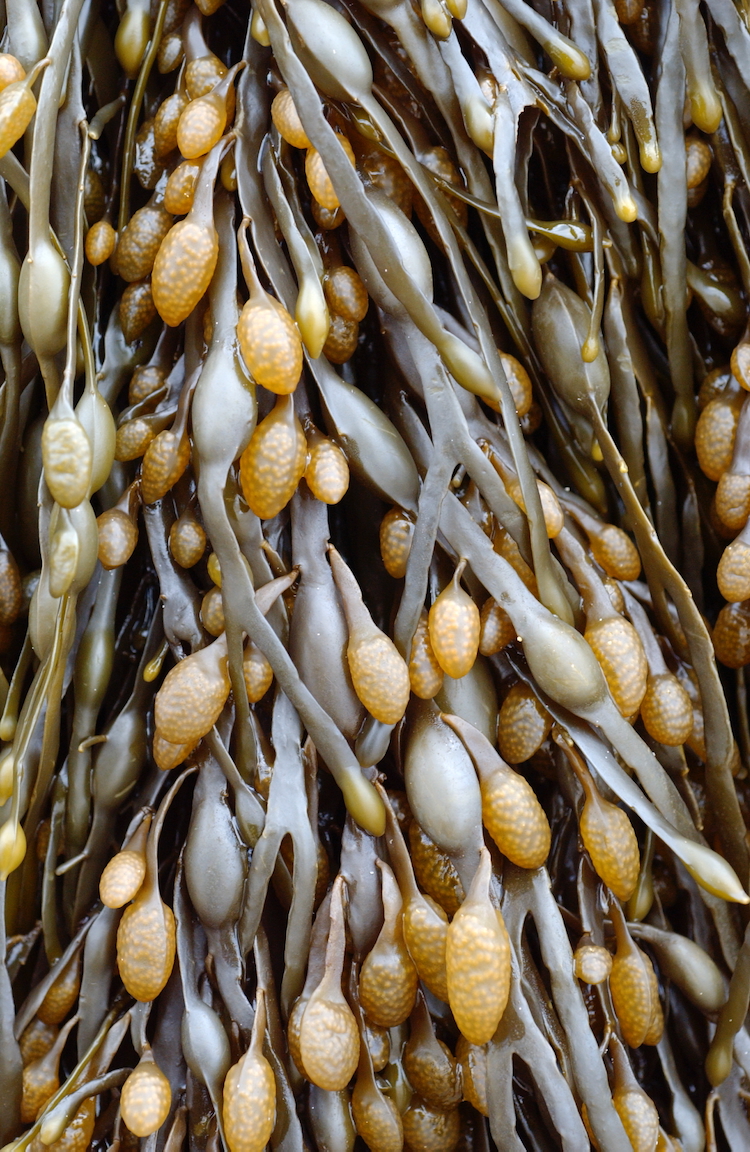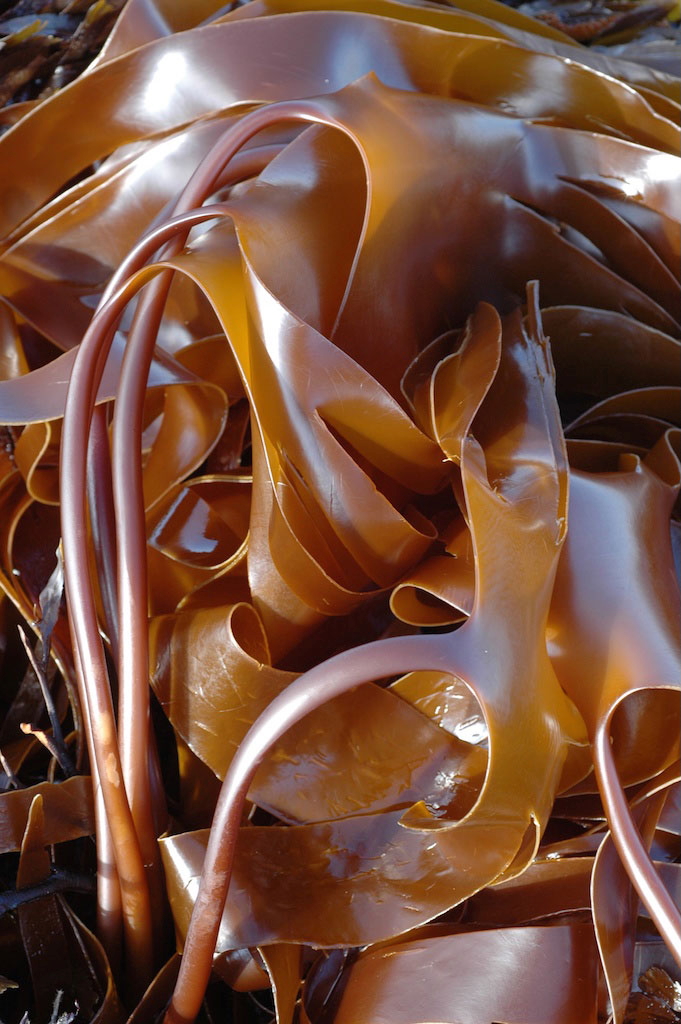Alginate production in Ireland
No alginate production has ever taken place in Ireland, despite reports to the contrary. Two species on the west and south-west coast showed potential for extraction of alginate Ascophyllum nodosum and Laminaria hyperborea. However, several unpublished assessments in the 1940s, 1950s and 1960s concluded that an extraction plant in Ireland would not be commercially viable. From the late 1940s, the collection and processing of a number of alginate-producing seaweeds, of which Ascophyllum nodosum was the most important, was the business of a State-owned company, Arramara Teoranta (https://www.arramara.ie). The material destined for alginate processing was sent to Scotland initially by ship and later by road and ferry. The sustainable harvesting of A. nodosum in Galway as a soil conditioner preceded the establishment of Arramara by at least a century, if not three. After the establishment of Arramara, sustainable harvesting quickly spread to Counties Galway, Mayo and Donegal. By using simple techniques of 4–5 years’ fallowing and leaving sufficient material for regeneration, the harvested Irish Ascophyllum populations have produced a sustainable yearly harvest of 5,000–28,000 tons wet weight for Arramara until the present day.
The main use for this material was as seaweed meal for alginate production, at least for the present. Ascophyllum is generally cut on a four-year cycle with enough material--usually a stump 25 cm long--left behind after cutting to assist in regrowth.
Further information
Guiry, M.D. & Morrison, L. (2013). The sustainable harvesting of Ascophyllum nodosum (Fucaceae, Phaeophyceae) in Ireland, with notes on the collection and use of some other brown algae. Journal of Applied Phycology 25: 1823-1830. [Download PDF]
Morrissey, J., Kraan, S. & Guiry, M.D. (2001). A guide to commercially important seaweeds on the Irish coast. pp. 1-66. Dun Laoghaire: Bord Iascaigh Mhara. [Download PDF]

Laminaria digitata (right) and Laminaria hyperborea are of considerable interest as sources of the commercially important polysaccharide, alginic acid. About 1,000 dry t of L. hyperborea stipes used to be collected from drift each year in Ireland, and exported to Scotland for alginate production. This was a very haphazard business, as for a number of years in the 1980s and early 1990s, perhaps due to adverse weather conditions, the stipes did not appear at the usual locations and supplies were very restricted.
Although a desk study of the likely extent of the Laminaria hyperborea beds on the west coast has been carried out, and combined with casual observations, further studies are needed to quantify precisely the actual resource and the effects of harvesting. As this kelp has a life-span of at least 4 years, this would require a long-term study.
In Brittany, over 55,000 wet t of Laminaria digitata and 4,000 t of Laminaria hyperborea stipes were harvested annually in the 1990s for alginate production. It is probable that in excess of 100,000 harvestable t Laminaria digitata would be available in Ireland. However, we currently have only the haziest idea of the distribution of the resources of both species. In Norway, 162,000 t of L. hyperborea were harvested in 1994 using special dredges.

-
 BioAtlantis
provides sustainable technologies from the sea to enhance
plant, animal and human health.
BioAtlantis
provides sustainable technologies from the sea to enhance
plant, animal and human health.
-
 Connemara Organic Seaweed Company
provide hand harvested, sustainable, kelp and seaweed products
for human consumption through health supplements and edible
products.
Connemara Organic Seaweed Company
provide hand harvested, sustainable, kelp and seaweed products
for human consumption through health supplements and edible
products.
-
 Emerald Isle Organic Irish Seaweed.
A family business producing seaweed as supplements,
cooking, gardening and bath products.
Emerald Isle Organic Irish Seaweed.
A family business producing seaweed as supplements,
cooking, gardening and bath products.
-
 Irish Seaweeds Ltd
are suppliers of 100% natural hand-harvested seaweeds and
edible sea vegetable products from Ireland.
Irish Seaweeds Ltd
are suppliers of 100% natural hand-harvested seaweeds and
edible sea vegetable products from Ireland.
